Electric power tower▼
- Angle steel towers for transmission lines
- Angle steel towers for transmission lines
- Steel pipe pole
- Steel pipe pole
- Substation structural support
- Substation structural support
- Finished tower materials
- Finished tower materials
- Steel pipe pole
- Steel pipe pole
- Substation structural support
- Substation structural support
- Substation structural support
- Substation structural support
- Anchor
- Anchor
- Anchor
Communication Tower▼
- Ribbon Landscape Tower
- Integrated base station
- Communication three pipe tower
- Communication angle steel tower
- Biomimetic tree
- Twin wheeled landscape tower
- Light pole landscape tower
- Stay tower
- Elevated integrated base station
- Tanzania Corner Steel Tower
- Lightning protection tower
Iron accessories▼
Electric power fittings▼
Junjiang Construction Co., Ltd
Company headquarters: Jinjiang District, Chengdu City, Sichuan Province
Beijing Branch: Changping District, Beijing
Hebei Branch: Guangchuan Development Zone, Jingxian County
Inner Mongolia Branch: Saihan District, Hohhot City
Jilin Branch: Changchun High tech Zone
Yunnan Branch: Jinghong City, Xishuangbanna
Mobile phone: 18932808399
Mobile phone: 18932807788
The definition and function of power towers
Add time:2024-06-22 Click through rate:
The structural characteristics of electric power towers are that various tower types belong to spatial truss structures, and the members are mainly composed of single equilateral angle steel or composite angle steel. The materials generally use Q235 (A3F) and Q345 (16Mn). According to its shape, it is generally divided into five types: wine glass type, cat head type, top type, stem type, and barrel type. Structurally, power iron towers mainly include angle steel towers, steel pipe poles, and steel pipe narrow foundation towers. Angle steel towers are generally used in the wild, while steel pipe poles and narrow base steel pipe towers are generally used in urban areas due to their smaller footprint than angle steel towers.
Power towers are an important component of the power system, also known as transmission line towers, which are equipment used to support overhead lines during high-voltage transmission. Its main functions include:
Supporting function: Power towers can withstand the components and tension of transmission lines, and disperse them on the foundation and ground to ensure the safe and stable operation of transmission lines.
Fixed function: Electric power towers can firmly fix transmission lines on the tower body, avoiding line detachment or disconnection caused by wind, human damage, and other reasons.
Insulation function: Power towers are usually made of insulation materials to ensure the insulation performance of transmission lines, avoid current leakage, and ensure the stability of transmission lines.
Stability function: The height and structure of power towers can withstand the impact of adverse factors such as natural disasters, ensuring the safe operation of transmission lines.
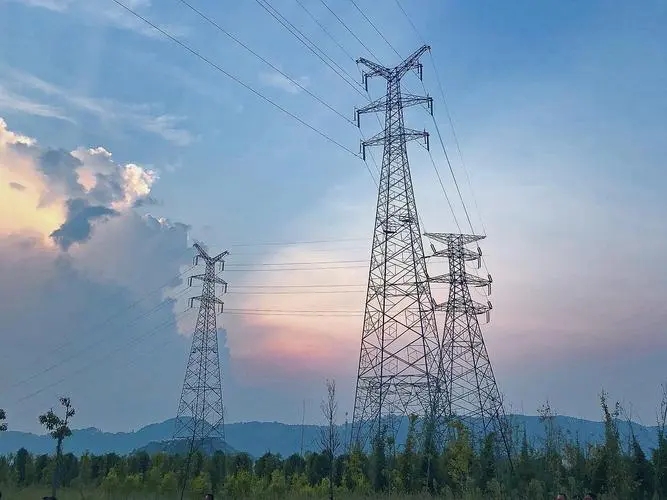
label:
- 2024-06-22The General Manager Visits Chiang Kai shek Group in Thailand
- 2024-06-22General Manager Visits Thailand
- 2024-06-22The General Manager plans to discuss cooperation with the Ministry of Finance in Myanmar
- 2024-06-22General Manager Visits FPT Telecom Company in Vietnam
- 2024-06-22General Manager Visits Sri Lanka Partners





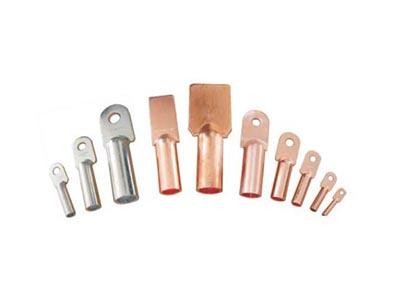 Electric power fittings
Electric power fittings 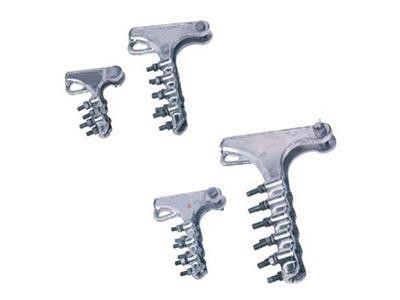 Electric power fittings
Electric power fittings 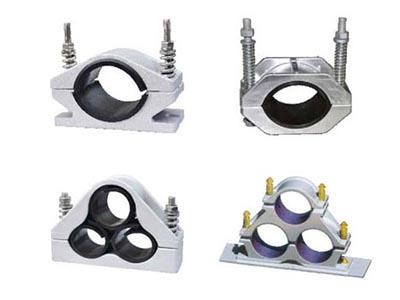 Electric power fittings
Electric power fittings 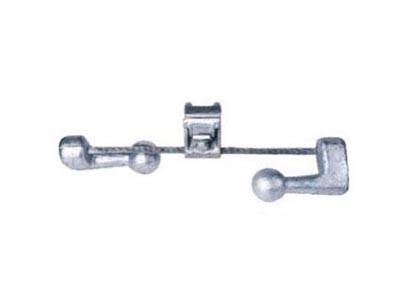 Electric power fittings
Electric power fittings 